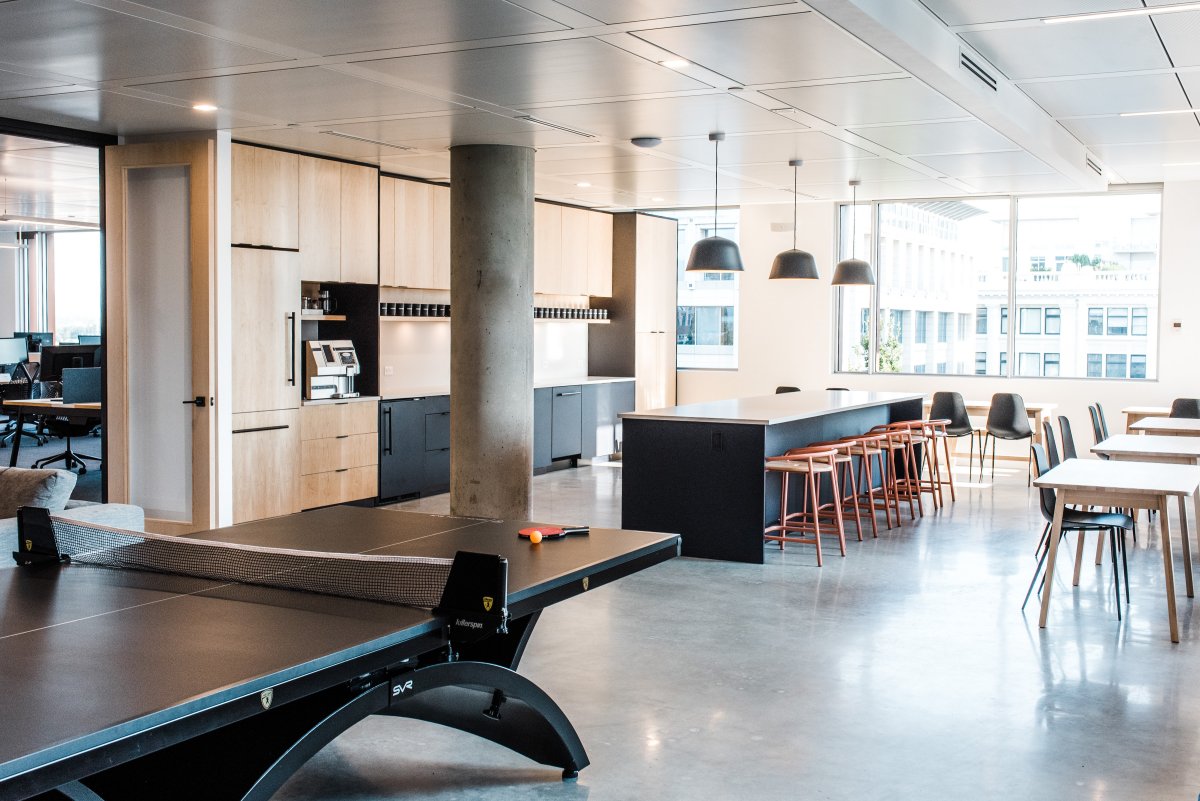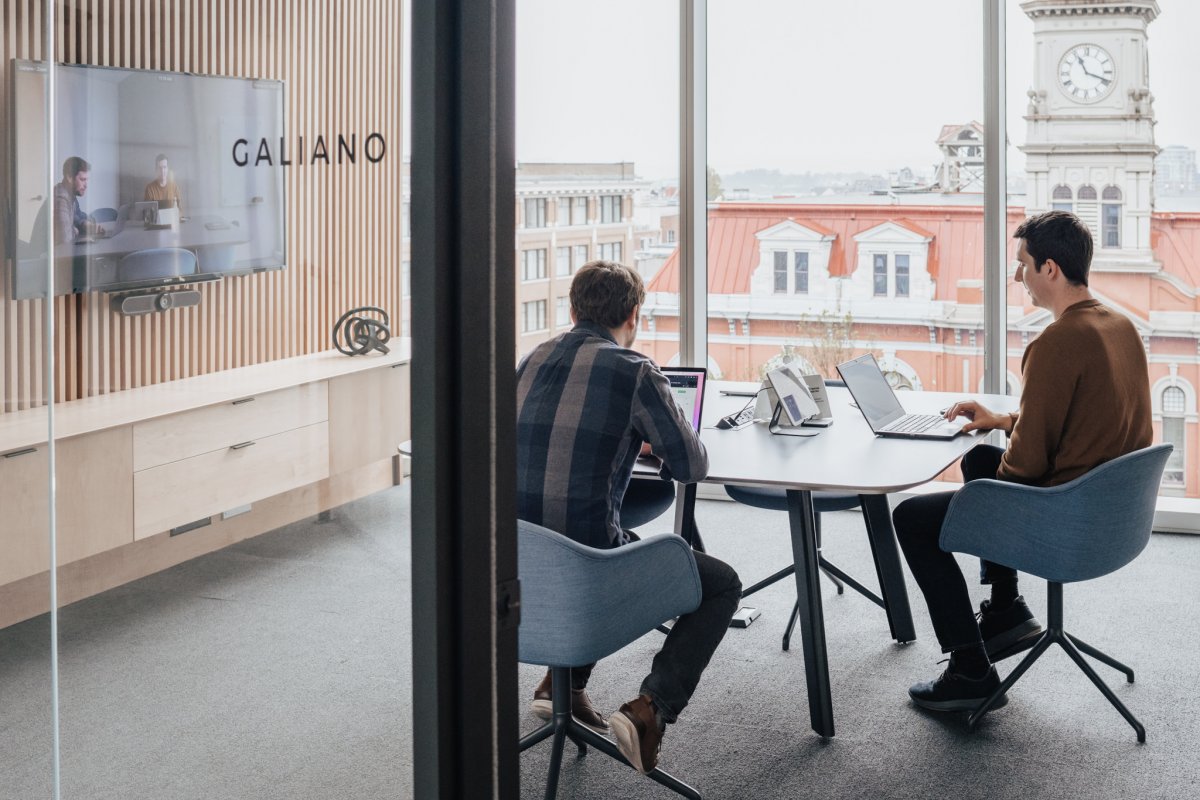[vc_row][vc_column][vc_column_text]COVID-19 is not quite in the rear-view mirror yet, but there are signs that things are returning to some semblance of normalcy. Earlier this year, for example, tens of thousands of government and public-service employees across Canada began heading back to their old offices as provinces lifted work-from-home orders. The private sector has begun to follow suit with this hybrid work model. In many ways, it seems like the end of an era, but in reality, it’s arguably the dawning of a new one.
Many employers are coming to terms with the fact that the days of expecting everyone to be at their desks from 9:00-5:00, Monday to Friday, are largely in the past. We’re headed toward a future world of office work that might well be permanently hybrid. After two years of having the freedom to work from anywhere, a growing number of workers have come to expect flexibility on the part of their employers. Data scientists recently projected that by the end of 2022, a full quarter of all high-paying jobs (particularly those in tech) will be available remotely.
People thrive under different circumstances


As is the case with organizations everywhere, at Redbrick we’re still figuring out what our approach will be; as a portfolio of tech firms, we expect each company within that portfolio to set its own policies. While we don’t have a clear picture of what things will look like, however, we have no intention of shutting down Redbrick’s physical headquarters in downtown Victoria.
We had initially planned to roll out the roadmap for our new hybrid approach in January, but that was necessarily delayed due to the omicron variant. We have been looking at new ways to communicate and bring people together, whether that means in person or virtually. Our intention is for the office to remain available for anyone who wishes to work there full-time while recognizing that people thrive under different circumstances.
For example, many find that having real-life face time with colleagues keeps them motivated in a way that yet another Zoom call will never be able to replace. On the other hand, some people do their best deep work away from the noise and bustle of a busy office environment. There is never going to be a one-size-fits-all solution, which is why maintaining a certain degree of flexibility is going to be crucial for companies looking to optimize productivity while retaining their best talents.
There is significant value in maintaining a central hub, but the way we think about the function of a physical workplace is necessarily evolving. For many organizations, including ours, it might make the most sense to keep in-person work focused on team activities like collaboration, meetings, and brainstorming sessions, without the expectation that everyone be in the office while working on individual tasks.
From a technological standpoint, we already know what it will take to make a permanently hybrid approach work because so many of us have been living it for the past two years. The tools already exist to support a variety of modes of working, so all it takes for a lot of employees to be up and running from any location is a laptop and an internet connection (and coffee, although that may go without saying).
RELATED: No RRSP, No Problem: Advice for Business Leaders Not Offering Employee Benefits
Overcoming the executive-employee disconnect


There is, however, something of a disconnect between how employees and those in the C-suite feel about the idea of a hybrid work model. When the workplace-messaging platform Slack surveyed 10,000 workers globally last summer, they found that three-quarters of all executives reported wanting to work from the office three to five days a week. Only about one-third of employees reported feeling the same way.
In many ways, this executive-employee disconnect makes sense. After all, execs tend to have more meetings and I know from personal experience that my in-person meetings are better and more effective than Zoom calls. Executives also tend to have their own offices; if they want to get some deep work done, they can just close the door, which is not an option for anyone working in a cubicle or an open-plan office.
The sudden shift to working from home was quite jarring—after the first two weeks, I remember thinking, “There is no way I can keep doing this.” Fast-forward two years and I still work from home often. We create and get used to routines, even ones that initially push us out of our comfort zones. This is why the phrase “the new normal”—which admittedly has become a cliché in recent times—is so widely applicable.
The future of hybrid work is unwritten; we are writing it collectively with each new decision we make. That’s why it’s so important to pay attention to what’s working and what isn’t in terms of not just productivity and the bottom line, but also the health and happiness of each and every member of the workforce. Executives have a responsibility to provide strategy and leadership and crafting a hybrid model that doesn’t exist yet is going to take plenty of adjustment and patience along the way.
Marco Pimentel is the Chief Marketing Officer at Redbrick, the parent organization to a portfolio of disruptive digital companies.
[yikes-mailchimp form=”1″ title=”1″ submit=”SUBSCRIBE”][/vc_column_text][/vc_column][/vc_row]













